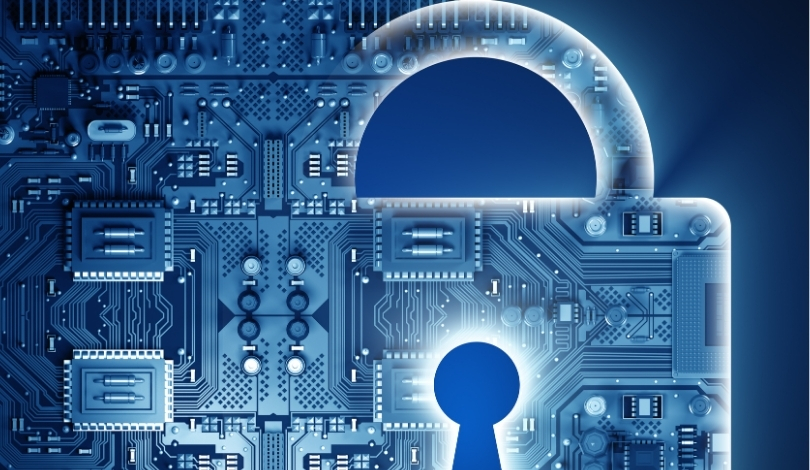The recent dismantling of the LummaC2 malware operation marks a significant stride in cybersecurity efforts. This malware, notorious for its widespread impact, targeted both individuals and large corporations, affecting various sectors, including aviation, education, and finance. Global cybersecurity authorities and firms played a crucial role in dismantling its core infrastructure, preventing further misuse of personal and financial data. Despite the success, securing cyberspace remains a constant challenge with evolving threats.
Information-stealing malware like LummaC2 is not unprecedented, having resurfaced over the years with varying degrees of severity and impact. In past years, similar malware operations have been dismantled, only for new variants to emerge, often equipped with advanced functionalities. The relentless evolution of such malware highlights the continuous cat-and-mouse dynamic between cybercriminals and cybersecurity professionals, underscoring the need for ongoing vigilance and innovation in cybersecurity practices.
What Made LummaC2 So Disruptive?
LummaC2, also known as Lumma Stealer, had emerged as a prominent tool in the cybercriminal toolkit since its introduction in 2022. It facilitated the theft of sensitive data by exploiting social engineering tactics and distributing malware via phishing emails, fake software, and fraudulent links. The FBI highlighted its effectiveness in bypassing endpoint detection and antivirus systems, which made it particularly challenging to detect and eliminate.
How Did Authorities Respond to LummaC2?
A coordinated global effort involving the FBI, the Cybersecurity and Infrastructure Security Agency, and several tech firms, including Microsoft and Cloudflare, orchestrated the successful takedown of LummaC2. These organizations worked to dismantle the malware’s infrastructure, seizing domains and disrupting the marketplace where stolen data was traded. Although this operation has temporarily hindered the cybercriminal network, authorities remain cautious of potential future reprisals or adaptations from the group.
Will the LummaC2 Threat Resurface?
The potential for LummaC2 to reemerge is a real concern. Despite efforts to thwart the group’s activities, cybercriminal networks often demonstrate resilience. Experts and law enforcement agencies continue to monitor and pursue strategies to permanently disrupt such threats. Implementing broader policies and technological advancements is crucial for safeguarding data against attacks, as the cyber landscape is ever-changing, presenting new risks and challenges.
Addressing extensive operations like that of LummaC2 requires sustained international cooperation and technological advancement in threat detection and prevention. The persistent threats underscore the importance of continuously adapting cybersecurity measures. Educating organizations and individuals about safe online practices can mitigate the risk and impact of cyber threats. Vigilance and a proactive approach remain essential to counteract evolving cybercriminal tactics effectively.










